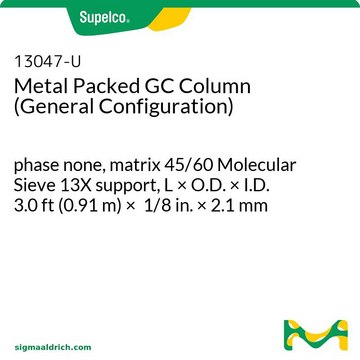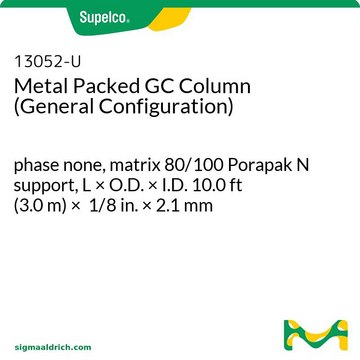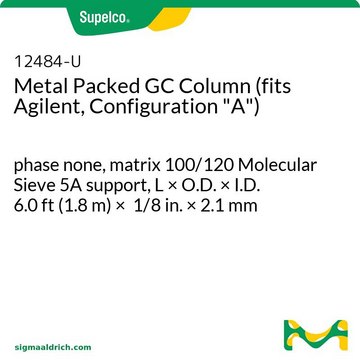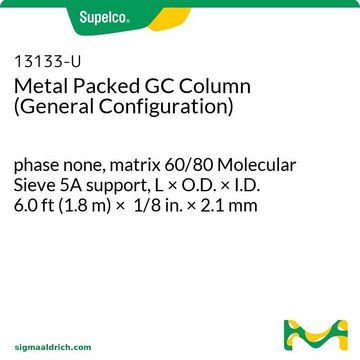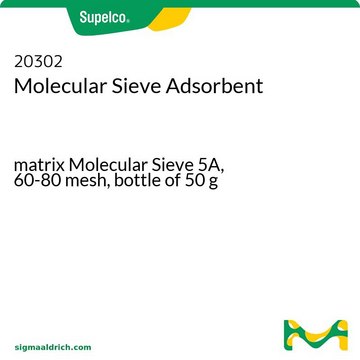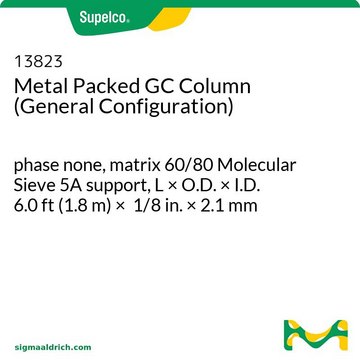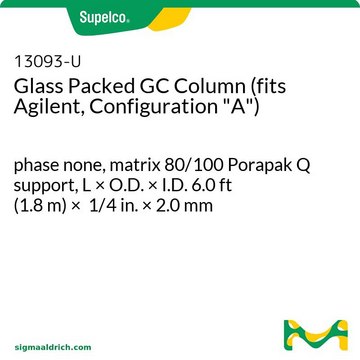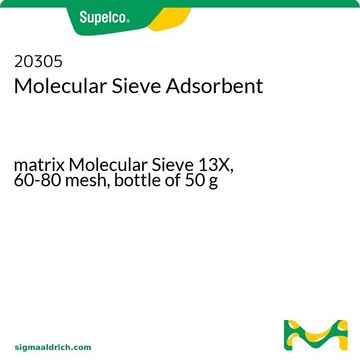13981-U
Metal Packed GC Column (General Configuration)
phase none, matrix 45/60 Molecular Sieve 13X support, L × O.D. × I.D. 10.0 ft (3.0 m) × 1/8 in. × 2.1 mm
About This Item
Recommended Products
material
stainless steel column
parameter
0-400 °C temperature (isothermal or programmed)
technique(s)
gas chromatography (GC): suitable
L × O.D. × I.D.
10.0 ft (3.0 m) × 1/8 in. × 2.1 mm
matrix
45/60 Molecular Sieve 13X support
matrix active group
none phase
column type
packed GC
compatibility
for use with General Configuration
General description
Storage Class Code
11 - Combustible Solids
WGK
nwg
Flash Point(F)
Not applicable
Flash Point(C)
Not applicable
Regulatory Information
Choose from one of the most recent versions:
Certificates of Analysis (COA)
It looks like we've run into a problem, but you can still download Certificates of Analysis from our Documents section.
If you need assistance, please contact Customer Support.
Already Own This Product?
Find documentation for the products that you have recently purchased in the Document Library.
Our team of scientists has experience in all areas of research including Life Science, Material Science, Chemical Synthesis, Chromatography, Analytical and many others.
Contact Technical Service